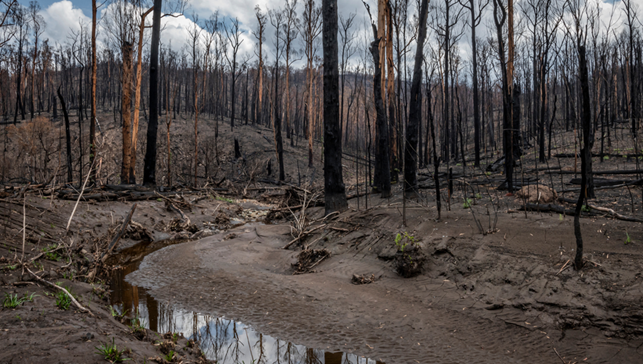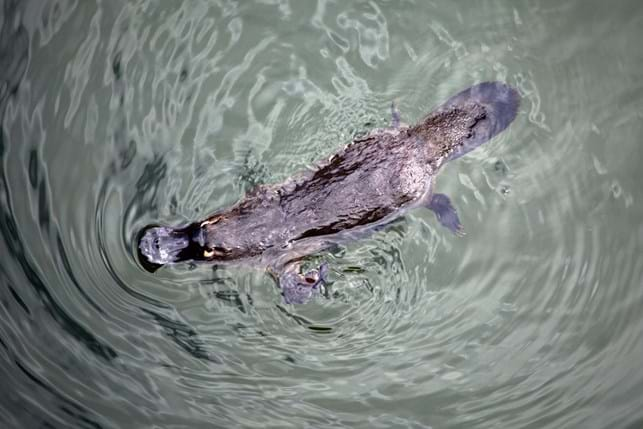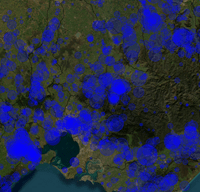eDNA technology is transforming how we monitor platypus in Australia. It can help sensitively detect their presence by analysing as little as two water samples. This approach offers an effective, fast and reliable alternative to traditional monitoring methods. eDNA solutions provide critical data on this iconic species—delivering broader coverage with less disturbance and costly resources.
How you can use eDNA
You can harness eDNA technology to understand platypus presence around impact sites with exceptional accuracy. This data-driven intelligence can also guide conservation decision-making to help secure the future of platypus in the wild.
-
Inform management works. Monitor platypus with exceptional accuracy to make data-informed decisions.
-
Impact assessments. Understand the effects of environmental variables or disturbances using pre and post sampling data.
-
Strategic conservation. Guide on-ground conservation decision-making and easily determine priority rehabilitation efforts.
-
Assess waterway health. Monitor platypus as a bio-indicator species to determine the health of waterways.
Case studies
Understanding impacts of bushfires
During the summer of 2019/20, south-eastern Australia faced devastating bushfires, burning over 11 million hectares, including 13.56% of total platypus habitat (UNSW unpublished data). EnviroDNA partnered with Cesar Australia to conduct a large-scale eDNA survey funded by the Australian Government's Regional Bushfire Recovery program.
The Great Australian Platypus Search
A groundbreaking project that combined eDNA and citizen science to fill critical knowledge gaps on platypus distribution throughout Victoria. Citizen scientists joined a systematic survey to collect samples across 1,800 sites throughout Victorian river basins.





